Selected Publications are listed below. View a full list of publications on Robert Enders's personal web page.
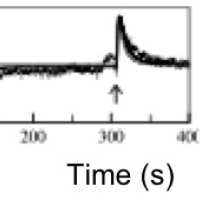 |
Clausznitzer D, Oleksiuk O, Lovdok L, Sourjik V, Endres RG (2010) Chemotactic response and adaptation dynamics in Escherichia coli. PLoS Comput Biol 6: e1000784. Based on analyses of adaptation time courses from in vivo FRET, the paper provides a dynamic model of adaptation, and quantifies the imprecision of adaptation. |
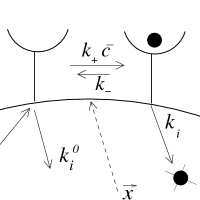 |
Aquino G, Endres RG (2010) Increased accuracy of ligand sensing by receptor internalization. Phys Rev E81: 021909. The paper shows that receptor endocytosis increases the accuracy of sensing using a generalization of the Fluctuation-Dissipation Theorem to out-of-equilibrium thermodynamics. |
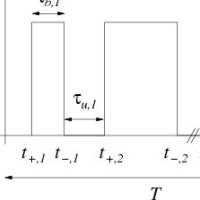 |
Endres RG, Wingreen NS (2009) Maximum likelihood and the single receptor. Phys Rev Lett103: 158101. This paper provides a lower fundamental physical limit of sensing by a single receptor than the originally Berg & Purcell limit. |
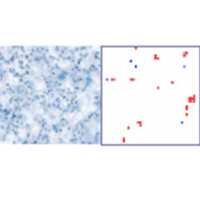 |
Gurry T, Kahramanoğullari O, Endres RG (2009) Biophysical mechanism for Ras-nanocluster formation and signaling in plasma membrane. PLoS One 4: e6148. The paper provides an explanation of clustering of the small GTPase Ras, as previously imaged by immunogold labeling. |
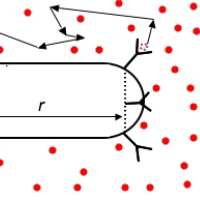 |
Endres RG, Wingreen NS (2009) Accuracy of direct gradient sensing by cell-surface receptors.Prog Biophys Mol Biol100: 33-39. The paper calculates the fundametal physical limit of gradient sensing based on receptor occupancy using the Fluctuation-Dissipation Theorem. |
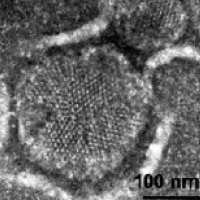 |
Endres RG (2009) Polar chemoreceptor clustering by coupled trimers of dimers. Biophys J 96: 453 - 463. The paper provides a biophysical mechanism for polar receptor clustering in bacteria based on the intrinsic curvature of trimers of dimers, receptor-receptor coupling, and the increased membrane curvature at the cell poles. |
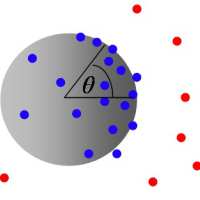 |
Endres RG, Wingreen NS (2008) Accuracy of direct gradient sensing by single cells. Proc Natl Acad Sci USA 105: 15749 - 15754. The paper provides an exact analytical derivation of the fundamental physical limits of gradient sensing. We find that a cell absorbing ligand molecules senses chemicals most accurately since ligand molecules are never measured more than once. |
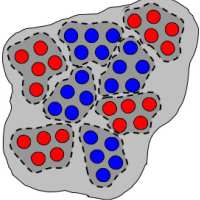 |
Endres RG, Oleksiuk O, Hansen CH, Meir Y, Sourjik V, Wingreen NS (2008) Variable sizes of Escherichia coli chemoreceptor signaling teams. Mol Syst Biol 4: 211. Combining in vivo FRET experiments of chemotactic signaling with a model of receptor complexes, we find that receptor complex size increases with receptor methylation during adaptation. This indicates a new level of adaptation possibly to adjust signaling to ligand noise. |
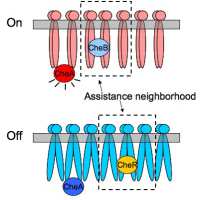 |
Endres RG, Wingreen NS (2006) Precise adaptation in bacterial chemotaxis through "assistance neighborhoods". Proc Natl Acad Sci USA 103: 13040 - 13044. The paper provides an explanation for experimental observation that enzymes modify groups of receptors during adaptation. We find that this suppresses noise and leads to precise adaptation. |
| Keymer JE, Endres RG, Skoge M, Meir Y, Wingreen NS (2006) Chemosensing in Escherichia coli: two regimes of two-state receptors. Proc Natl Acad Sci USA 103: 1786 - 1791. The paper provides a quantitative model of in vivo FRET data of chemotaxis signalling, and explains observed high sensitivity and cooperativity, as well as signal integration by multiple receptor types. |